Control Arm
It absorbs road impact and ensures driving stability and handling performance. HAVENS delivers precise and reliable custom control arm solutions tailored to your needs.
A control arm is a key part of a car’s suspension system. It acts like a hinged link between the chassis (vehicle frame) and the wheel assembly (usually the steering knuckle). Its main job is to help the wheels move up and down smoothly, while keeping them properly aligned with the car body.
- Connects the suspension to the vehicle frame.
- Supports vertical motion of the wheel (for absorbing road bumps).
- Keeps the wheel in the proper position during steering and movement.
- Works together with ball joints and bushings to allow controlled flexibility and absorb vibration.
Control arms are key components in a vehicle's suspension system, responsible for connecting the wheels to the chassis and controlling their movement. Here are the common types of control arms:
Upper Control Arm (Upper A-Arm)
- Located above the wheel, typically used in independent suspension systems to control the up-and-down movement of the wheel.
- Common in double wishbone suspension designs.
Lower Control Arm (Lower A-Arm)
- Positioned below the wheel, bearing more load, commonly found in independent suspension and solid axle suspension systems.
Single Control Arm (Mono-Arm)
- A single-piece design, often found in simpler suspension systems, is used in some older vehicles.
Double Control Arm (Double Wishbone)
- Two control arms working together to provide better handling and stability, commonly found in high-performance vehicles.
Multilink Control Arm
- Uses multiple arms and linkages to control wheel movement, offering precise handling, common in modern vehicles.
Rear Control Arm
- Located at the rear of the vehicle, controlling rear wheel movement, commonly found in independent rear suspension systems.
Hydraulic Control Arm
- Incorporates hydraulic components to reduce vibration and noise, commonly used in luxury or high-end vehicles.
Related Products








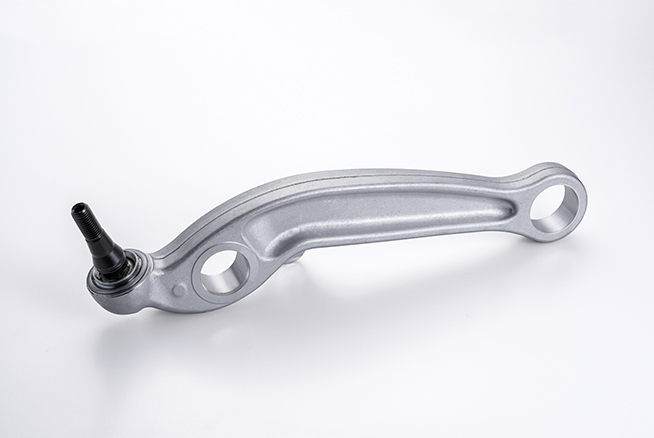
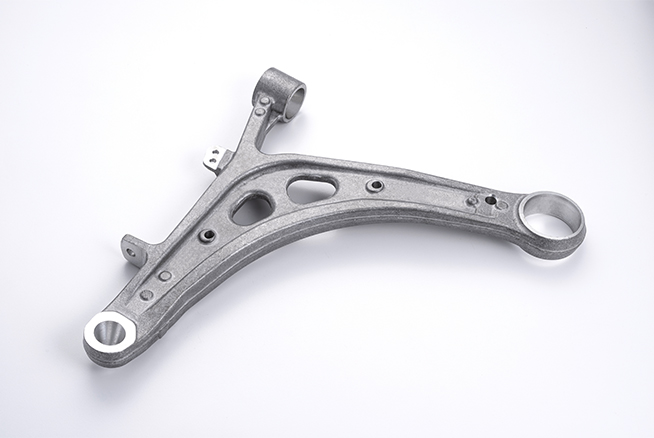
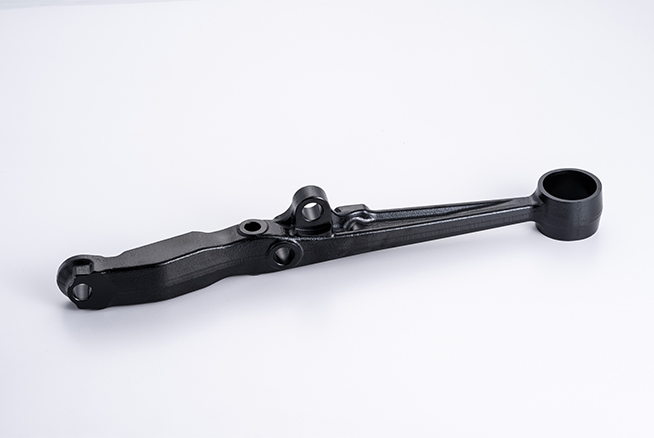
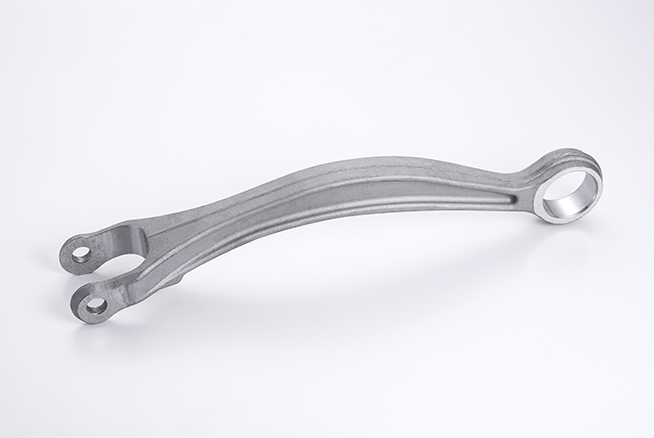
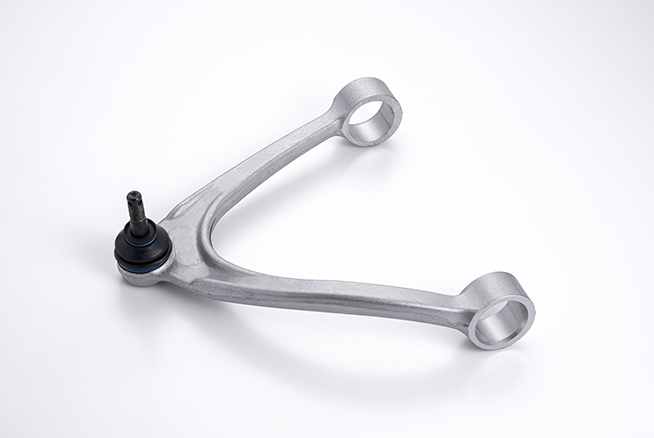
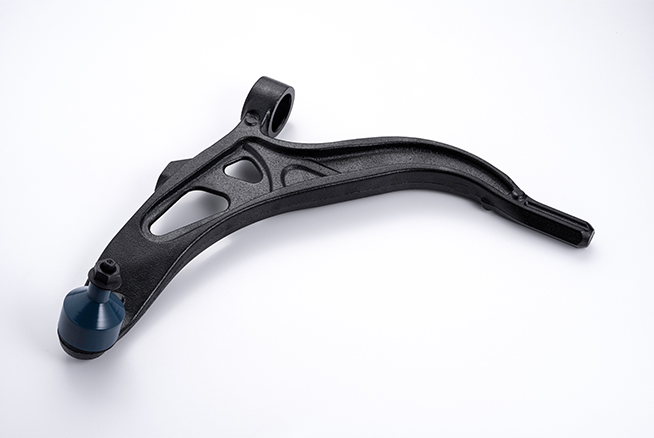
 Prev
Prev












